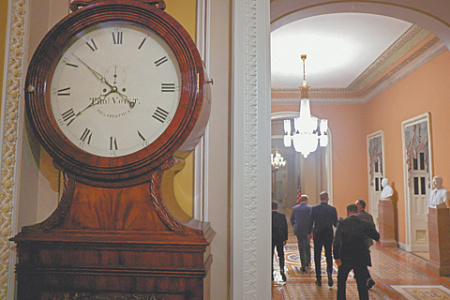
A partial government shutdown has begun in the United States, forcing thousands of federal employees into indefinite, unpaid leave as of early this morning. The shutdown was triggered overnight after lawmakers in the rival Republican and Democratic parties failed to reach an agreement on a new budget, a recurring political crisis that has once again brought key parts of the federal government to a standstill.
This event is particularly resonant as it unfolds under President Donald Trump, whose first term in office set records for both the frequency and the duration of such shutdowns. While these fiscal impasses have become a chronic feature of the American political landscape, the Trump administration’s history of enduring prolonged standoffs, including the record 35-day shutdown over border wall funding, has raised the stakes in this current confrontation.
Despite Republicans holding majorities in both houses of Congress, the current deadlock is centered in the Senate, where they lack the 60-vote supermajority needed to pass a budget without Democratic support. The primary point of contention is a Republican-proposed healthcare bill, a key component of the budget package. Democrats have unified in opposition, primarily over provisions that would dismantle the Medicaid program, which they argue is essential for providing healthcare to low-income Americans. Conversely, supporters of the bill contend the program fosters dependency on government assistance.
With crucial congressional elections looming next year, the shutdown has escalated into a high-stakes political weapon. Senate Republican Leader John Thune appealed for a handful of Democrats to break party lines for “the future of America” and end the stalemate. Democrats, however, appear to be betting that mounting public pressure will force the President to concede on key budget items. In response, President Trump has shown no sign of backing down, signaling readiness for a protracted political fight.
Adding another layer of uncertainty, the shutdown coincides with recent remarks by the President hinting at significant cuts within the defense establishment. This has fueled speculation that the current crisis could be a prelude to a broader campaign to downsize the federal government. For the thousands of employees sent home, the shutdown carries a deeper fear: that their temporary furlough could become a permanent job loss as the political battle over the nation’s finances plays out in Washington.
